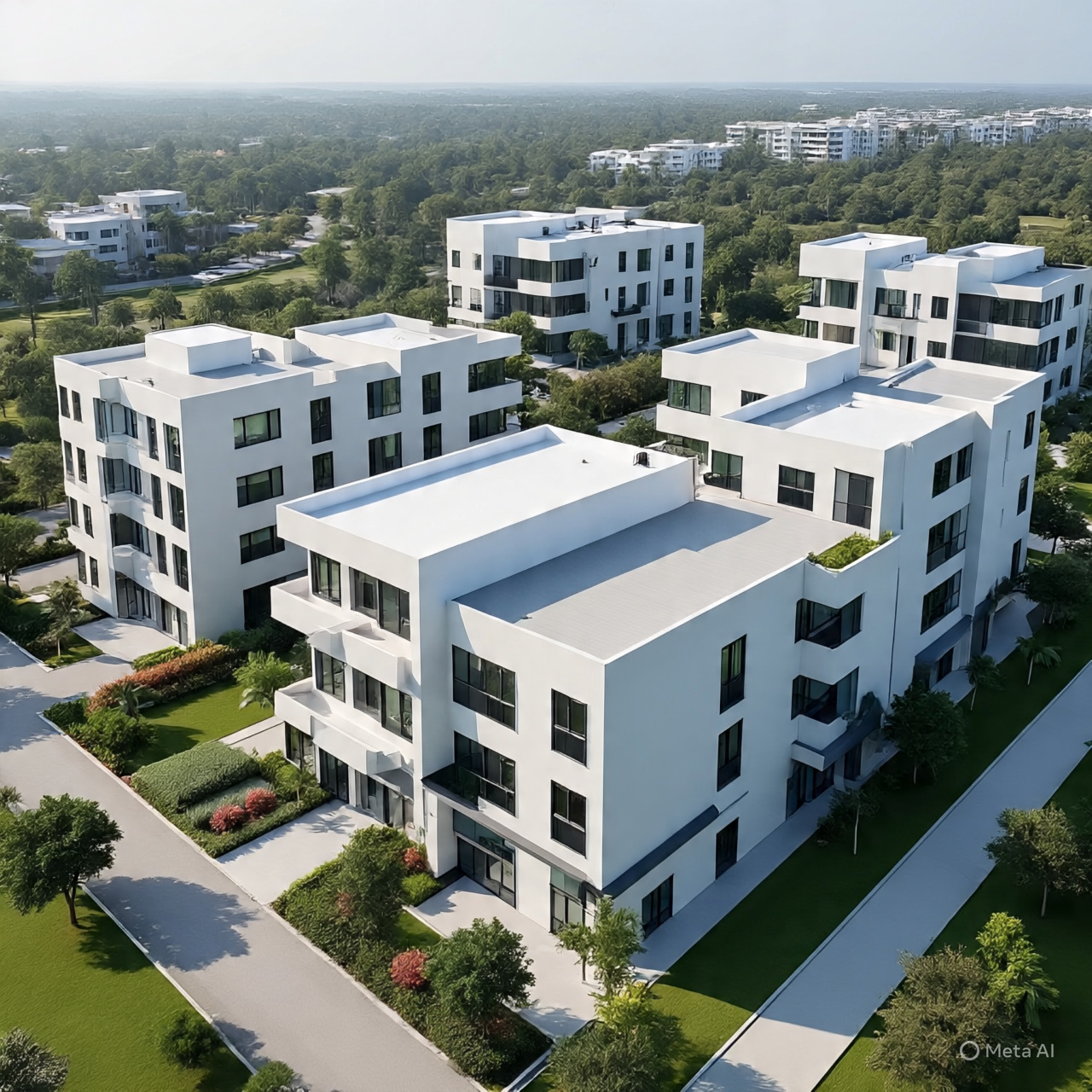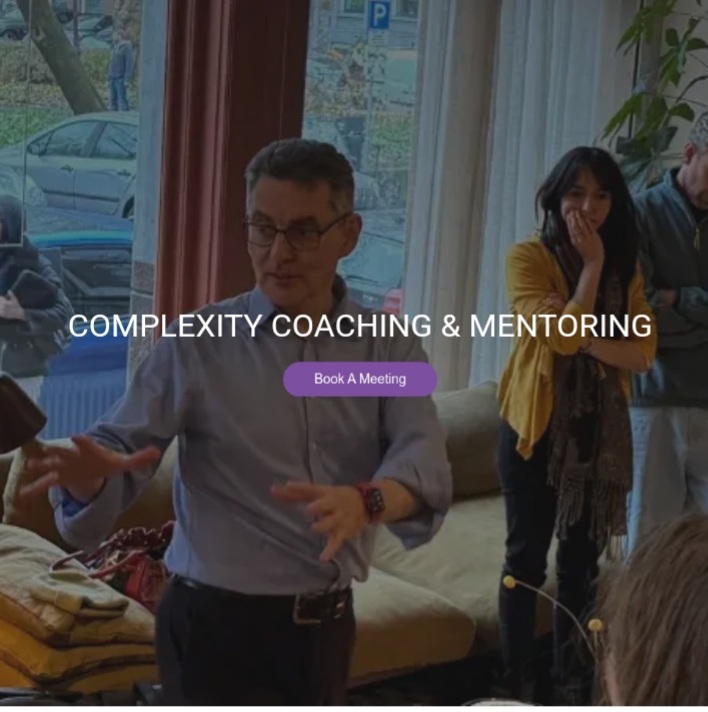Gold Coast Affordable Housing Plan: Council Weighs Redevelopment of Ageing Community Centre

Strong 8k brings an ultra-HD IPTV experience to your living room and your pocket.
Gold Coast Council is exploring an unconventional solution to the region's deepening housing crisis: transforming ageing community centres into affordable housing developments. The proposal comes as median house prices exceed $1 million and rental vacancy rates plummet to critically low levels.
The idea represents a creative response to what housing experts describe as the Gold Coast's most challenging affordability crisis in decades. With 250,000 new residents arriving over the past decade, demand for housing has far outstripped supply.
Housing Crisis Sparks Creative Solutions
The numbers paint a stark picture of the Gold Coast affordable housing shortage. House prices have surged 67.7% over five years, according to CoreLogic data. Meanwhile, the rental vacancy rate sits at just 1.5%, creating intense competition among renters.
"We need 6,000 new dwellings annually just to keep up with demand," explains council planning documents. "But we only approved 4,771 residential dwellings in 2023."
This supply gap has pushed many working families, young professionals, and seniors out of the market entirely. Teachers, nurses, and hospitality workers increasingly struggle to find affordable housing within reasonable commuting distance of their jobs.
The Gold Coast's transformation from a tourism destination to Australia's sixth-largest city has intensified these pressures. Population growth shows no signs of slowing, with interstate migration continuing at record levels.
Local resident Sarah Chen, a primary school teacher, captures the frustration many feel: "I've been saving for five years, but every time I get close to affording something, prices jump again. Now I'm looking at places an hour from where I work."
Community Centre Transformation Plans
The community centre redevelopment concept builds on the successful $87.5 million transformation of Palm Beach Aquatic and Community Centre. That project demonstrated how ageing infrastructure can be reimagined to serve evolving community needs.
Several community centres across the Gold Coast are being assessed for potential redevelopment. The sites would combine affordable housing units with retained community facilities, creating mixed-use developments that preserve essential services while addressing housing needs.
Early feasibility studies suggest these developments could provide 20% affordable housing components, aligning with state government requirements. The approach offers several advantages: existing infrastructure, established transport links, and community acceptance of development in these locations.
Community consultation processes are already underway in selected areas. Residents have expressed cautious optimism about proposals that maintain community spaces while addressing housing shortages.
"We understand the need for more affordable housing," says Margaret Williams, president of the Southport Community Association. "But we want to ensure these developments enhance rather than diminish our neighbourhood character."
Government Response and Funding
The Queensland Government's $1.9 billion Housing and Homelessness Action Plan 2021–2025 provides the policy framework for these innovative approaches. Minister for Housing, Local Government and Planning Meaghan Scanlon has been vocal about exploring all available options.
"We're pulling every lever in the planning system to deliver on our target in Homes for Queenslanders of one million homes by 2046," Minister Scanlon stated during recent Gold Coast visits.
The state government's recent intervention in the Arundel development decision demonstrates this commitment. After the Gold Coast Council rejected a housing proposal, the minister approved a Temporary Local Planning Instrument enabling minimum 650 homes with 20% affordable housing.
Community Housing Queensland Limited (CHQL) has emerged as a key partner in delivering these projects. Their successful Miami Apartments project, which transformed 18 ageing public housing units into modern accommodation for seniors, provides a template for community centre redevelopments.
Federal funding streams, including the National Housing Accord, offer additional financial support. These programs specifically target projects that combine social housing with community infrastructure.
Local Impact Stories
For many Gold Coast residents, the housing crisis isn't abstract policy debate but daily reality. For the past eight months, Maria Santos, a registered nurse at Gold Coast University Hospital, has been looking for reasonably priced rental housing.
"I'm paying $450 per week for a studio apartment that's a 45-minute drive from work," Maria says. "Most of my colleagues are in similar situations. We're essential workers, but we can't afford to live in the community we serve."
The effects go beyond personal adversity to include increased collective resilience. Local businesses struggle to recruit staff who can afford nearby housing. Schools face teacher shortages partly due to accommodation costs.
Community groups using existing centres express mixed feelings about redevelopment proposals. The Nerang Seniors Club has used the same facility for fifteen years but recognises the broader housing need.
"Change is always difficult," admits club president Robert McKenzie. "But if we can help address the housing crisis while maintaining our programs, we're willing to adapt."
Implementation Challenges and Timeline
Converting community centres into housing developments involves complex planning and community consultation processes. Each site requires detailed feasibility studies, environmental assessments, and infrastructure evaluations.
Construction industry capacity presents another challenge. Skills shortages and material cost increases have slowed residential development across the region. These factors could extend project timelines and increase costs.
Community displacement during redevelopment periods requires careful management. Temporary alternative venues must be secured for existing programs and services. This coordination adds complexity but remains essential for maintaining community support.
Planning approval processes typically require 12–18 months for projects of this scale. Construction could take an additional two years, meaning the first affordable housing units might not be available until 2027.
Expert Analysis
Housing economists view the community centre approach as promising but acknowledge its limitations. Dr Amanda Price from Griffith University's Urban Research Program notes both opportunities and constraints.
"Repurposing existing community infrastructure makes economic sense," Dr Price explains. "These sites often have good transport access and community acceptance. However, the scale of our housing shortage requires multiple approaches, not just one solution."
Urban planning expert Professor James Mitchell emphasises the importance of maintaining community cohesion during redevelopment. "Successful affordable housing integrates with existing neighbourhoods rather than creating isolated enclaves," he observes.
The approach aligns with international best practices in social housing delivery. European cities have successfully combined community facilities with affordable housing for decades, creating vibrant mixed-use developments.
Broader Gold Coast Housing StrategyTransport Integration
New developments must connect to existing public transport networks. Accessibility for inhabitants of affordable housing will be increased via the expansion of light rail and better bus services.
Employment Proximity
Developments of affordable housing are being given priority in sectors with rapid job growth, including the tourism, healthcare, and education industries.
Sustainability Standards
In order to lower residents' long-term expenses and promote climate resilience, every new affordable housing must adhere to improved environmental performance standards.
Intergenerational Design
Projects incorporate features supporting diverse age groups, from young families to aging residents requiring accessible housing options.
The 2032 Olympics infrastructure program will also influence affordable housing delivery. Major transport and facility developments create opportunities for associated residential projects.
Comparison with other Australian cities reveals both challenges and opportunities. Melbourne's social housing renewal program offers lessons about community engagement, while Perth's affordable housing partnerships demonstrate effective government-private sector collaboration.
Looking Forward
Innovative solutions that strike a balance between community requirements and development realities are needed to address the Gold Coast's affordable housing dilemma. One way forward is through community center redevelopments, which combine new residential opportunities with existing infrastructure.
Private developers such as Brooklyn Homes have also begun responding to these challenges by designing modern, accessible homes with a focus on affordability and lifestyle. Their house and land packages reflect broader industry moves toward more inclusive urban design that supports growing local populations.
Brooklyn Homes' developments are part of a growing effort to address the Gold Coast affordable housing gap in ways that support long-term community stability and environmental goals.
Success will depend on genuine community consultation, adequate government funding, and skilled project delivery. Most importantly, these developments must serve the people they're designed to help: teachers like Sarah, nurses like Maria, and countless other essential workers who keep the Gold Coast functioning.
The coming months will reveal whether this creative approach can help address one of the region's most pressing challenges. For thousands of Gold Coast residents, the answer can't come soon enough.
Note: IndiBlogHub features both user-submitted and editorial content. We do not verify third-party contributions. Read our Disclaimer and Privacy Policyfor details.




